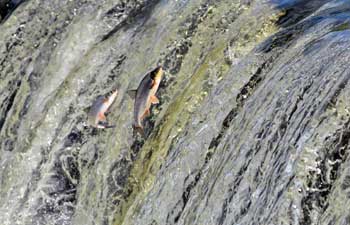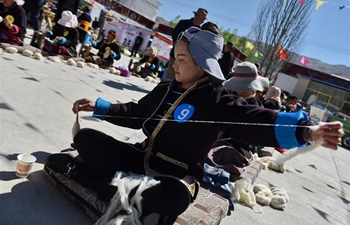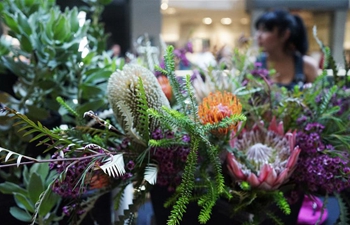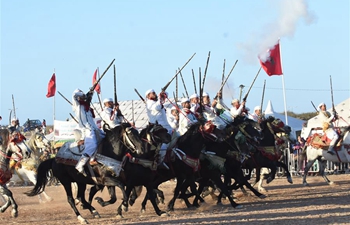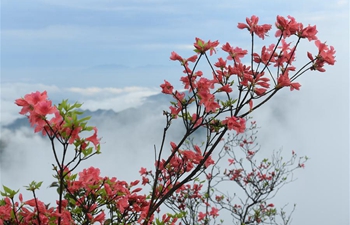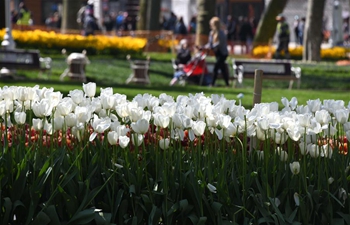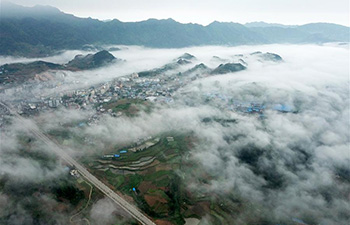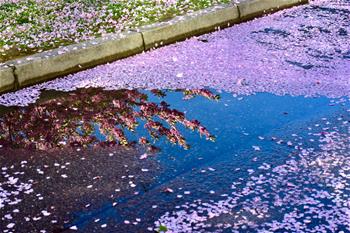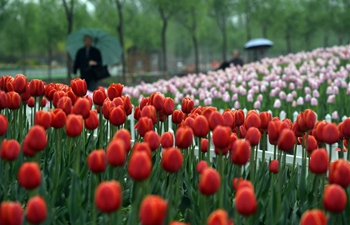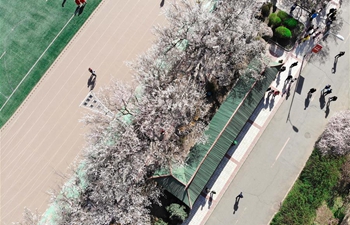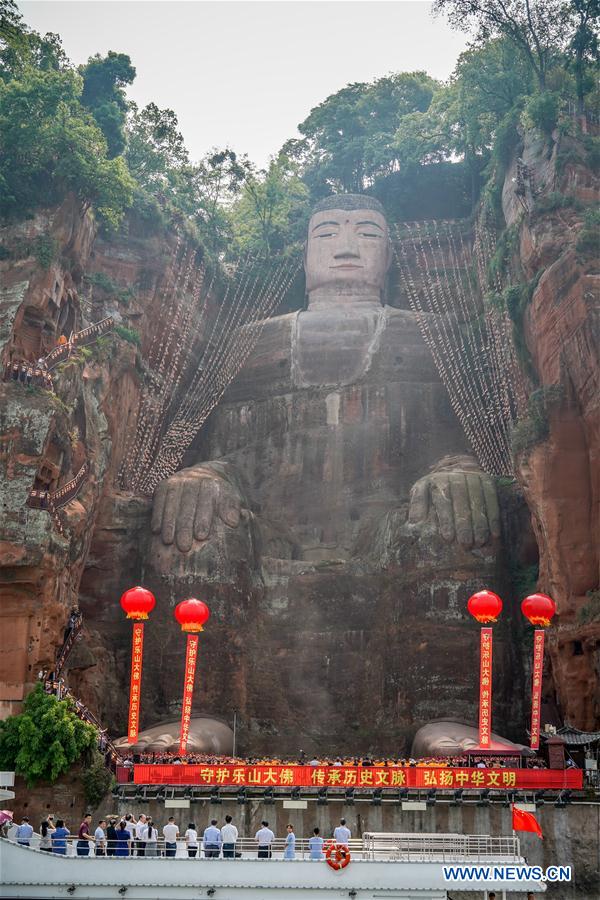 ?
?Tourists view the statue of the Leshan Giant Buddha in Leshan City, southwest China's Sichuan Province, April 26, 2019. The giant Buddha in southwest China's Sichuan Province reopened to tourists Friday after a six-month examination as part of research for its repair plan. The statue, at 71 meters high and believed to be the world's largest Buddha, sits outside the city of Leshan. It has cracks and damage on its chest and abdomen, according to the management committee of the Leshan Buddha scenic area. (Xinhua/Zhang Chaoqun)
CHENGDU, April 27 (Xinhua) -- The giant Buddha in southwest China's Sichuan Province reopened to tourists Friday after undergoing a six-month examination as part of research for its repair plan.
The statue, at 71 meters high and believed to be the world's largest Buddha, sits outside the city of Leshan. It has cracks and damage on its chest and abdomen, according to the management committee of the Leshan Buddha scenic area.
During the examination, which lasted from Oct. 8 to the end of March, the main body of the Buddha statue was completely or partially covered.
The examination involved the use of cutting-edge technology such as a drone aerial survey, 3D laser scanning and high-density resistivity methods.
Before the restoration, hundreds of plants, including lichens and moss, grew on the surface of the Buddha. The cleared plants were then made into unique tourist commodities "lucky plants of Buddha."
At present, a total of more than 80,000 such souvenirs have been sold, bringing over 2 million yuan (297,000 U.S. dollars) to the scenic area.
The Buddha statue, carved into a cliff in Leshan Mountain and overlooking three converging rivers, was built over a 90-year period starting in the year 713, during the Tang Dynasty (618-907).
The United Nations Educational, Scientific and Cultural Organization-listed world cultural heritage statue has undergone several repairs and checks. In 2001, a project was conducted to clean the body, cement rock structures, mend cracks and install drainage pipes, which cost 250 million yuan.
In 2007, the Buddha received another facelift to repair damage caused by weathering and acid rain.




